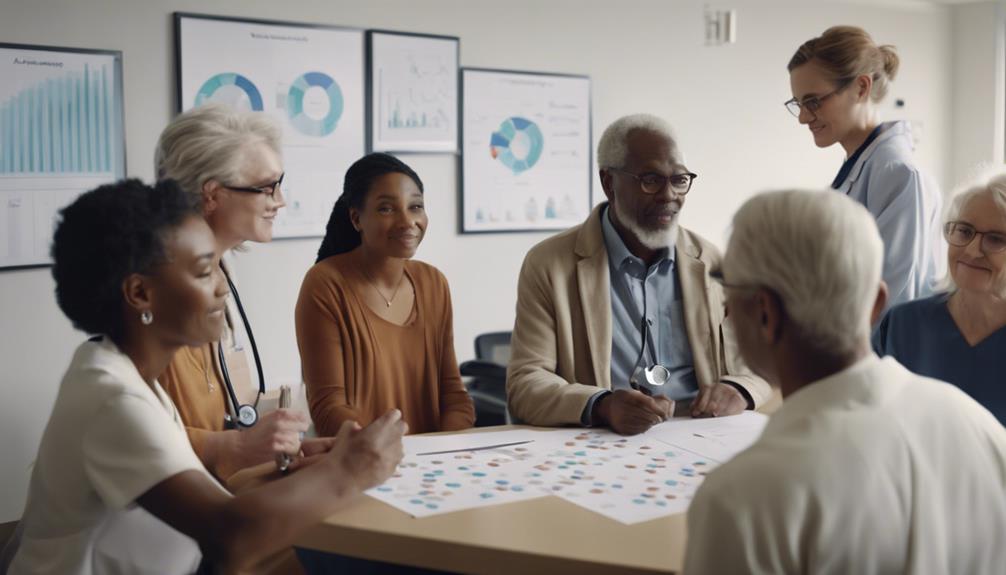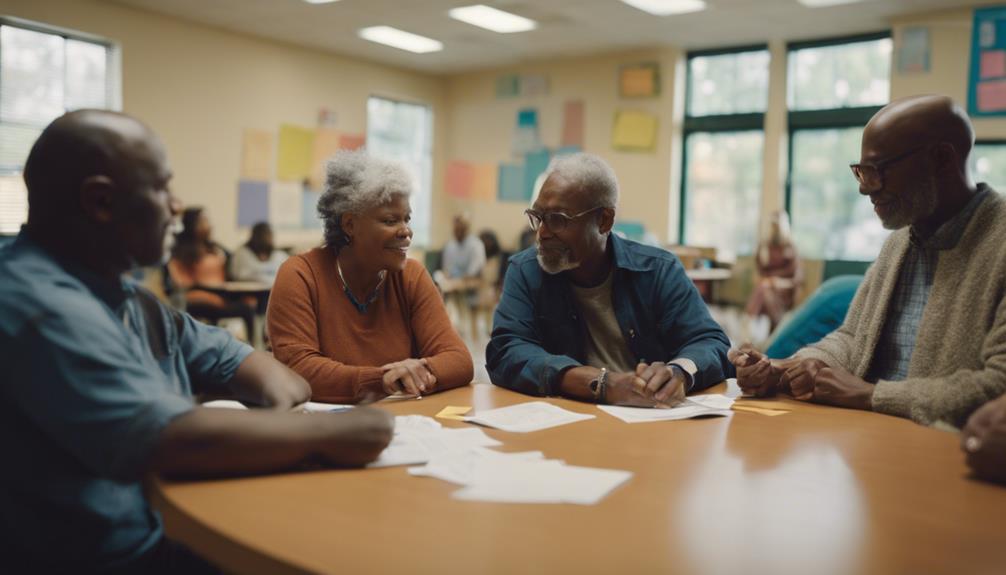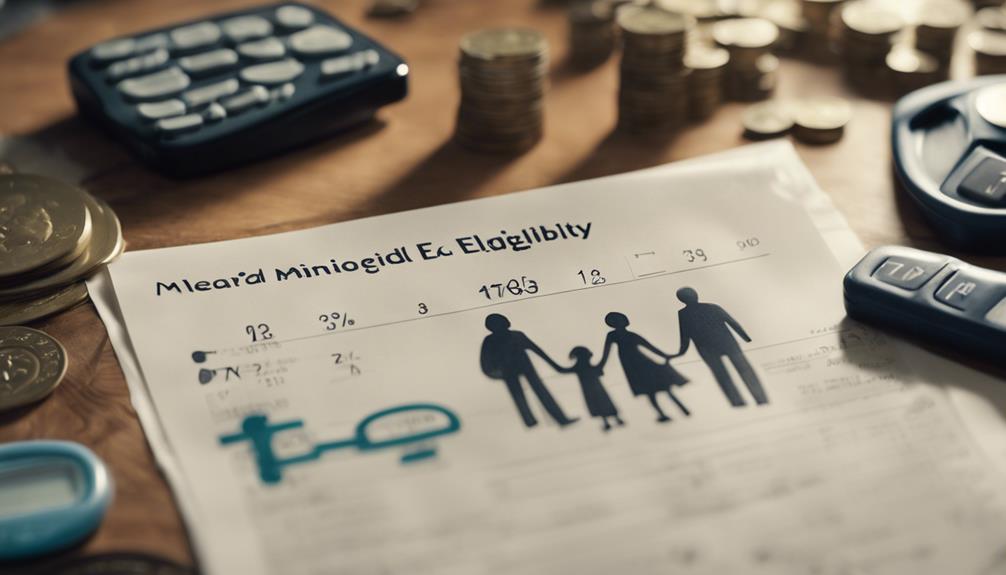
In the world of healthcare, Medicaid serves as a vital resource for millions of individuals and families across the United States. But when it comes to accessing this crucial program, many are left wondering: do doctors have to accept Medicaid? This article will explore the multifaceted relationship between Medicaid and healthcare providers, shedding light on the intricacies of doctor participation in Medicaid and its implications for patients. So, let’s embark on this journey to discover the ins and outs of Medicaid acceptance, and why it matters!
1. Medicaid: A Lifeline for Many—Do Doctors Join In?
Medicaid, established in 1965, is a government-funded program designed to provide health insurance for those with limited financial resources. This lifeline benefits low-income individuals, families, children, pregnant women, elderly individuals, and those with disabilities. The safety net it provides is essential for maintaining health and well-being in vulnerable populations, making it a cornerstone of America’s healthcare system. But the question arises: do doctors see this safety net as a means to care for these patients, or do they shy away from it?
The participation of doctors in Medicaid varies widely across specialties and geographical regions. While some physicians are eager to accept Medicaid patients, recognizing the importance of providing care for all, others might hesitate due to concerns about reimbursement rates and administrative burdens. Understanding this dynamic is crucial in assessing whether doctors join the Medicaid dance or choose to sit it out.
2. The Doctor-Patient Dance: Medicaid’s Role Explained
The relationship between doctors and patients is akin to a complex dance, where each partner plays a pivotal role. Medicaid is a significant partner in this intricate choreography, facilitating access to healthcare for those who might otherwise go without. When doctors accept Medicaid, they enable patients to receive essential services, from routine check-ups to emergency care, thereby fostering a healthier community.
However, this dance is not always seamless. Doctors often face challenges such as lower reimbursement rates compared to private insurance, which can lead to financial strain for their practices. This can influence their decision on whether to participate in Medicaid. By exploring these dynamics, we can better understand the factors driving doctors’ choices and the implications for patient care.
3. Medicaid Acceptance: A Choice or a Requirement?
The question of whether doctors must accept Medicaid boils down to a matter of choice. In general, healthcare providers are not legally required to accept Medicaid patients. They operate their practices as businesses and have the autonomy to decide which insurances they will accept. This freedom of choice allows doctors to tailor their patient base according to their preferences, but it also leads to a patchwork of access for patients.
Many physicians choose to accept Medicaid out of a sense of duty to their communities and a desire to serve those in need. However, this choice is not without its complications, as it often requires balancing financial viability with the ethical obligation to provide care. Ultimately, the decision comes down to individual practitioners and their unique circumstances, shaping the landscape of healthcare access for low-income patients.
4. Exploring Medicaid: What It Means for Doctor Access
Medicaid serves as a crucial gateway to healthcare services for millions of Americans, but its acceptance by doctors can significantly impact patient access. In areas where Medicaid is widely accepted, patients have greater opportunities to receive timely care, leading to improved health outcomes. Conversely, regions with fewer providers willing to accept Medicaid can face significant barriers, leaving patients struggling to find appropriate care.
The accessibility of Medicaid can also vary by medical specialty. For instance, primary care physicians may be more likely to accept Medicaid than specialists, who may have more substantial financial concerns. Understanding these disparities is essential for patients seeking care, as it can inform their choices and help them navigate the healthcare system more effectively.
5. Can Doctors Say No? Unpacking Medicaid Acceptance
The freedom for doctors to say "no" to Medicaid acceptance opens up a world of considerations. While some may argue that all healthcare providers should accept Medicaid as a moral obligation, others contend that financial sustainability is paramount for maintaining quality care. This debate is central to understanding the complexities of Medicaid acceptance and its impact on patient care.
When doctors decide not to accept Medicaid, it can lead to a domino effect for patients seeking necessary treatments. Those relying on the program may find themselves limited in their options, facing long wait times or inadequate access to specialized care. This raises important questions about equity in healthcare and the collective responsibility of providers to ensure that all patients have access to care, regardless of their financial situation.
6. The Good, The Bad, and Medicaid: Doctor Perspectives
Doctors’ perspectives on Medicaid can be as varied as the patients they serve. On the positive side, many healthcare providers find fulfillment in treating patients who might otherwise struggle to access care. Accepting Medicaid can allow physicians to contribute meaningfully to their communities and make a positive impact on public health by addressing health disparities.
However, there are challenges as well. Some physicians express concerns about reimbursement rates and the administrative complexities associated with Medicaid. Navigating paperwork and meeting specific compliance requirements can be time-consuming and frustrating. By weighing both sides of the equation, doctors can arrive at a well-informed decision about their participation in Medicaid and its implications for their practice.
7. Medicaid Magic: How It Helps Patients and Providers
Despite the challenges surrounding Medicaid acceptance, there is a certain "magic" to the program that benefits both patients and providers. For patients, Medicaid serves as a crucial lifeline, ensuring access to essential health services, including preventive care, mental health support, and chronic disease management. This access can lead to better health outcomes, a healthier population, and ultimately reduced healthcare costs.
For providers, accepting Medicaid can create a sense of fulfillment and purpose. Many healthcare professionals find joy in helping those who are underserved, fostering relationships built on trust and compassion. By participating in Medicaid, they can play a vital role in shaping a healthier community and bridging the gap between healthcare access and equity.
8. Finding Your Doctor: Navigating Medicaid Options
For patients enrolled in Medicaid, finding a doctor who accepts the program can be a daunting task. The landscape of Medicaid acceptance can vary significantly by region, making it vital to explore options systematically. Many states have online directories that can help patients identify healthcare providers who participate in Medicaid, streamlining the search process.
Additionally, establishing open communication with potential providers can yield valuable insights. Patients should not hesitate to ask about a doctor’s experience with Medicaid or their willingness to accept new patients under the program. This proactive approach can help patients identify the right fit for their healthcare needs and ensure they receive the care they deserve.
9. The Bright Side: Why Some Doctors Embrace Medicaid
While some doctors may hesitate to accept Medicaid, many healthcare providers embrace the program wholeheartedly. These practitioners often cite a strong sense of purpose and a commitment to social responsibility as driving factors. They recognize the significant impact that accepting Medicaid can have on their communities, ensuring that underserved populations have access to necessary medical care.
Additionally, providers who accept Medicaid may experience a diverse patient population, enriching their practice and expanding their clinical experience. This exposure can be rewarding, fostering professional growth and a deeper understanding of the challenges faced by different communities. Embracing Medicaid can be a win-win for both doctors and patients, contributing to a more equitable healthcare landscape.
10. Making Sense of Medicaid: Choices for Patients & Docs
Navigating the complexities of Medicaid can be a daunting experience for both patients and doctors. It’s essential for patients to understand their rights and options within the Medicaid system, empowering them to advocate for their healthcare needs. Knowing that doctors have the choice to accept or decline Medicaid can inform their search for providers and help them navigate the landscape more effectively.
For doctors, understanding the implications of Medicaid acceptance is equally important. Balancing financial sustainability with ethical considerations can lead to informed decisions about participating in the program. By collaborating and sharing best practices, healthcare providers can work toward a future where access to care is equitable, ensuring that all patients receive the attention and support they need.
In conclusion, the question of whether doctors have to accept Medicaid is multifaceted and deeply intertwined with broader issues of healthcare access, equity, and provider autonomy. While the decision ultimately lies with individual practitioners, the implications of these choices resonate throughout the healthcare system. By fostering open dialogue and seeking creative solutions, we can work together to ensure that Medicaid continues to be a lifeline for those in need, promoting health and well-being for all.





